5. Dredd (Pete Travis, 2012)
The MVP: Mark Digby, production designer
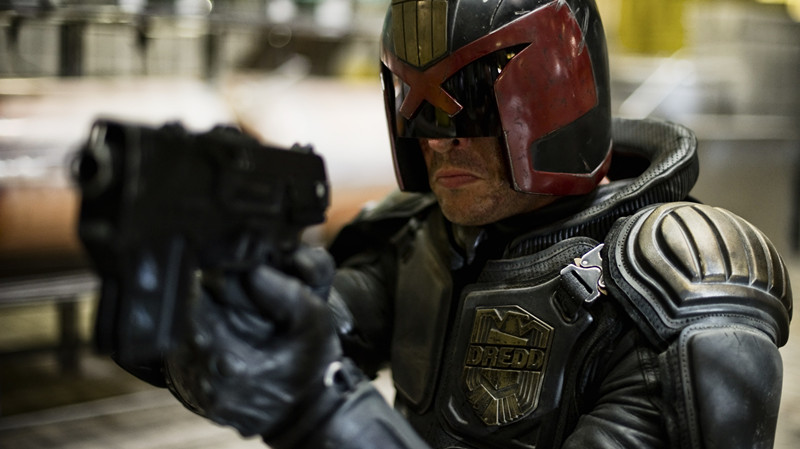
Mark Digby is the second production designer on the list, and that’s no coincidence. So many times we overlook the way production design matters for the way a movie looks, crediting all the work to the cinematographer or the director.
There are plenty of reasons to like Dredd as a little cult-movie spectacle, a true and violent translation of an underground comics character to the screen, a nice exhibition of both Karl Urban’s and Lena Headey’s flair for the pulpy dramatic roles they play. But the main reason the movie really works as a post-apocalyptic fantasy like no other is Digby’s work in the design of the sets, weapons, and looks of the desolated landscape the movie takes place in.
Dredd has one of the rawest, weirdest displays of post-apocalyptic sets to grace the screens on recent memory. Digby’s Mega City One is realistic and so close to the way big polluted cities look like today, but the designer’s work makes sure to make everything seem just a tiny bit off, maintaining the realistic setting of the movie while still giving us a look at how close we are to societal collapse.
The 200-store vertical slum controlled by the movie’s villain (Headey) is a labyrinthine place if ever there was one, all wire mesh and decrepit corridors. It’s a perfect contrast with the shiny equipment used by Judge Dredd (Urban) and the rookie he’s training (Olivia Thirlby), further drawing the socioeconomic line between the two sides of the dispute.
4. Goodnight Mommy (Severin Fiala & Veronika Franz, 2014)
The MVP: Martin Gschlacht, cinematographer
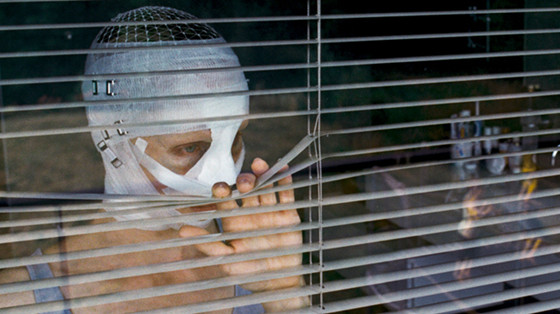
Since we were just talking about how sometimes cinematographers get sole credit for the look of a film, let’s take a moment to appreciate what a truly brilliant work of cinematography should be like. Goodnight Mommy, the terrifying Austrian horror flick about twin brothers having a hard time recognizing their mom when she comes home after facial surgery, is a mood piece so well calculated, acted and directed that it couldn’t bear to fall apart in any other aspect, especially in its visuals.
Martin Gschlacht (Die Wand) certainly is the key for that here, walking us through the unnervingly minimalist house most of the movie is set on and abusing of shadows and light to tell us the story of this parental confrontation.
There are particular shots that stand out for their haunting nature, like Mother (Susanne Wuest) ominously opening the door of her children’s bedroom late at night, and the two kids’ silhouette moving through the big window on Mother’s room right before they make their most decisive move to make sure she is who she says she is – but Gschlacht’s work is evenly brilliant throughout the whole film, capturing the almost fairy-tale vibe of directors/writers Severin Fiala and Veronika Franz and turning it into evocative and blurry imagery, always walking the verge between bucolic and creepy.
3. Southpaw (Antoine Fuqua, 2015)
The MVP: Forest Whitaker, actor
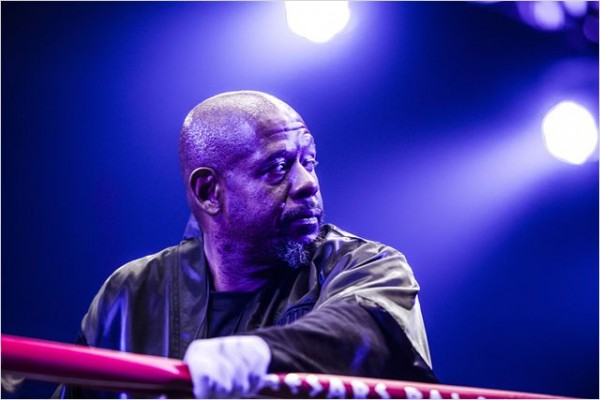
Though deeply flawed, director Antoine Fuqua (Training Day) and Sons of Anarchy writer Kurt Sutter’s take on boxing stories, titled Southpaw, isn’t without its saving virtues. Jake Gyllenhaal’s lead performance as disgraced boxer Billy Hope is the most obvious one, his body language expressing much more than just fatigue and physical duress. He’s not enough to overcome all the clichés in Sutter’s script, no matter its emotional impact, however.
Enter the recurrent archetype of the unconventionally wise underground trainer, a storyline that could have felt very tiresome if not by one detail: Forest Whitaker takes on the role of Tick Wills, to whom Billy Hope turns when he’s at his lowest.
Whitaker’s performance is rich in detail and understated at the same time, expressing the character’s emotional strength and deep humanity, both of which he lends to Gyllenhaal’s character, especially in one beautiful dialogue scene right after one of Wills’ younger protégés meets a harsh fate.
Whitaker is probably the main reason why Southpaw is so worth the time, even when there’s already a lot of movies a lot like it out there – his heart and dedication to the performance makes Gyllenhaal’s lead turn even more impressive, and holds the film together in its tight grip.
2. El Laberinto del Fauno (Guillermo Del Toro, 2006)
The MVP: Javier Navarrete, composer
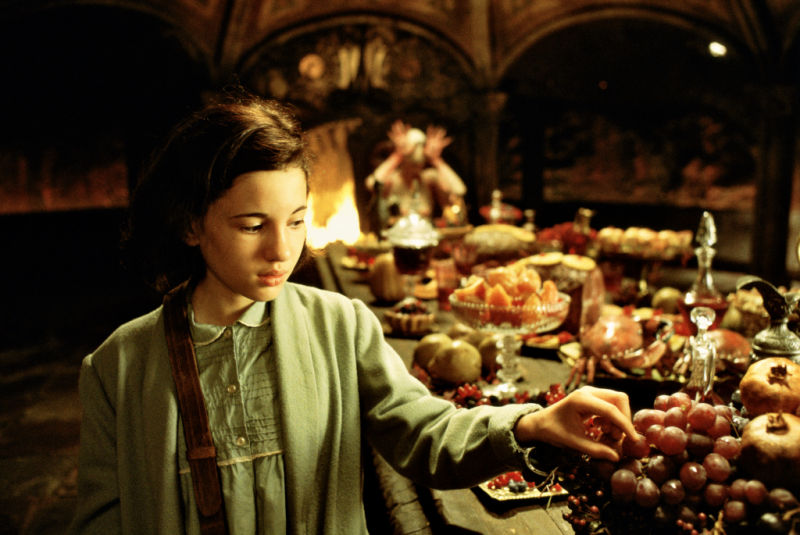
El Laberinto del Fauno already receives plenty of the love it deserves, and it’s admittedly hard to pinpoint the MVP in a movie where everything works so well. Guillermo Del Toro’s masterpiece has incredible acting (especially by Maribel Verdú, Sergi Lopez and Doug Jones), beautiful cinematography, lush and creepy production design, a more than just brilliant script, and much more undeniable qualities.
But pay close attention, and the little detail that brings it all together is Javier Navarrete score, a gem that blends fairy-tale melodies with classic horror music conventions, making good use of swelling strings and evocative choirs to bring to life the movie’s particularly weird vibe.
When looking for the MVP in a movie, the best bet is to ask “what makes this movie what it is? What brings it home in terms of tonal balance, storytelling and mood?”. The answer to that, in El Laberinto del Fauno’s case, is definitely Navarrete’s work as composer, rounding up all the qualities in an amazing movie and conjuring music that makes it a more coherent whole.
The mark of a great score is that, when you hear it without the movie, it still transports you to that particular place and imagery the movie evoked – El Laberinto del Fauno, as unforgettable as it is, is still contained in the notes of Navarrete’s music sheets.
1. The Nightmare Before Christmas (Henry Selick, 1993)
The MVP: Henry Selick, director
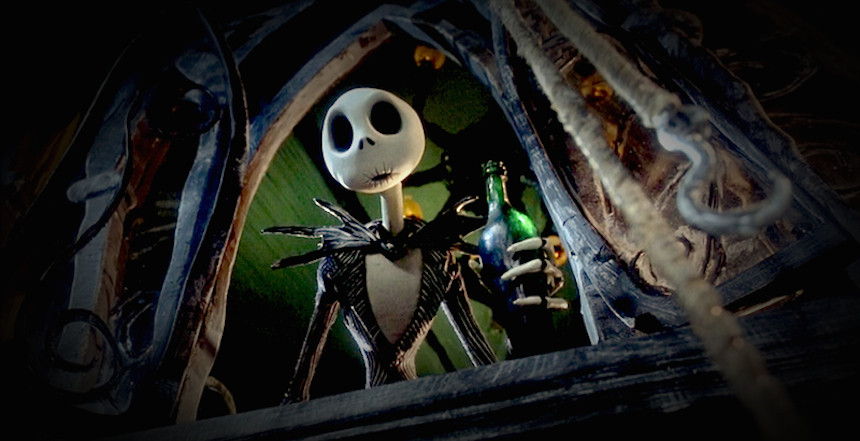
When you think The Nightmare Before Christmas, who do you think of? Probably Tim Burton, considered the mastermind of the movie since the story and mostly rhymed dialogue is based on his creations; you may even think of Danny Elfman, the musical genius who created unforgettable songs like “What’s This?” and “Jack’s Lament”, and also provided the main character with his singing voice.
But what no one really thinks about when The Nightmare Before Christmas comes up (especially this time of year) is Henry Selick, the weird master of stop-motion who was brought by Burton to take over the director’s chair. Nightmare is Selick’s first feature-length, and some may say it’s a mere rehearsal to the likes of James and the Giant Peach and Coraline.
Nevertheless, is Selick’s genius that drove The Nightmare Before Christmas to become a cult classic – it’s him putting together Burton’s ideas expressed through the script and turning it into a visual trip through strange places filled with even stranger and more ingenious character designs.
It’s him coordinating Elfman’s music and movements with the animation, and giving the movie it’s enveloping atmosphere, facilitating the audience’s suspension of disbelief. The Nightmare Before Christmas has great ideas and a beautiful story, but Selick’s genius on putting them together and making it an unique movie is still underappreciated today.
Author Bio: Caio Coletti is a Brazilian-born journalist, a proud poptimist, and has too many opinions to keep them all to himself.